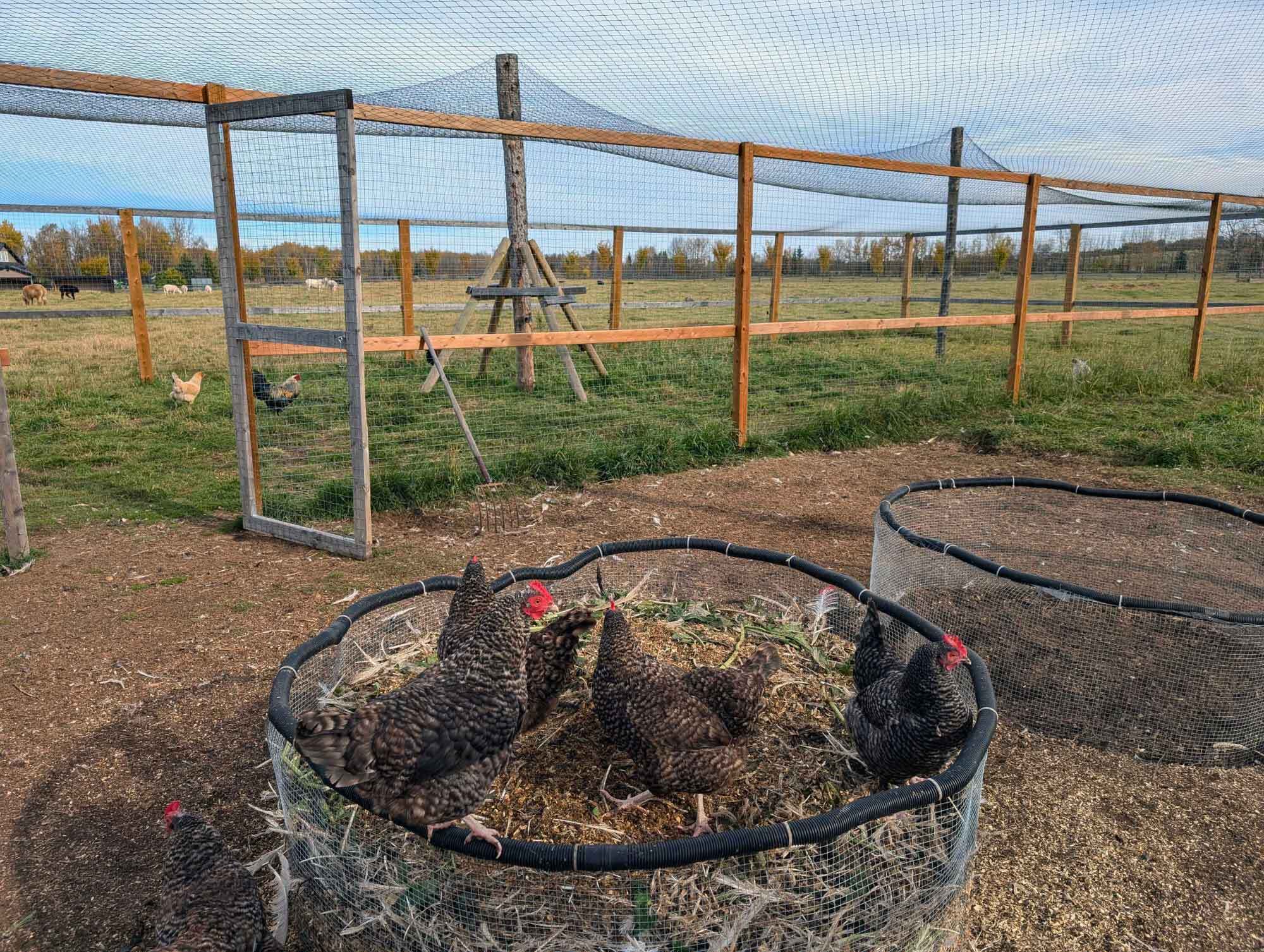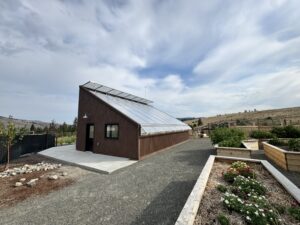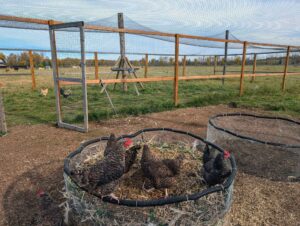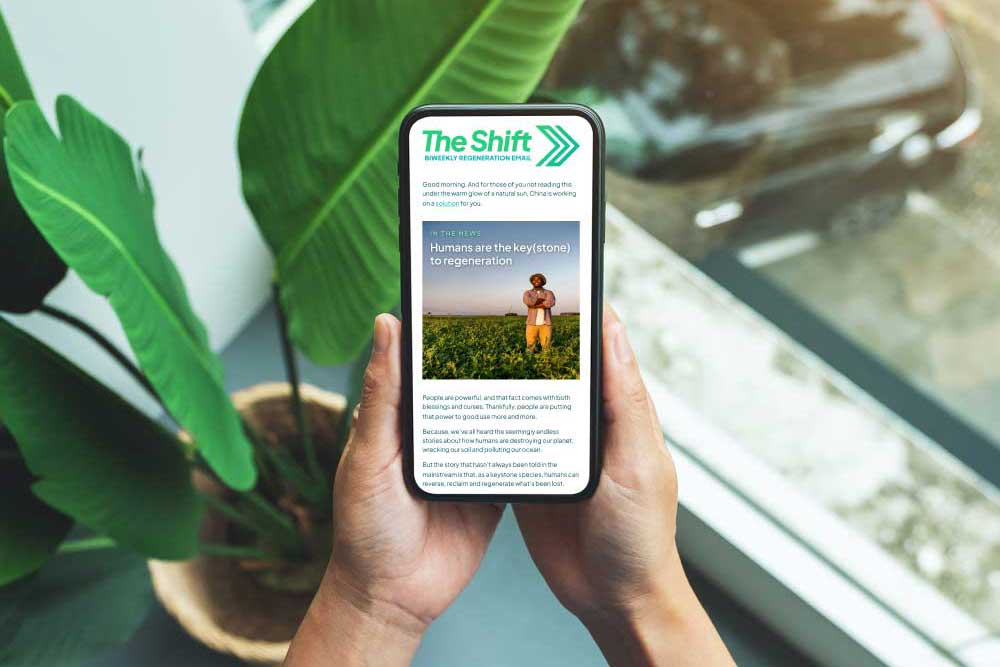Chad Leibel moved from the city to a 160-acre riverfront property by the Athabasca River, about an hour away from Edmonton, Alberta. The expansive acreage is part forest and part pasture land for livestock. He describes his property as a hobby farm, complete with cows, goats, sheep, chickens, turkeys, and four dogs.
“I want to try to be as self-sufficient as possible,” said Chad. “Even before I reached out to 5th World, I planted orchards, and I’ve learned a lot since then… But I wanted somebody who’s a little more educated in this to help me through the process, instead of me kind of winging it and learning the hard way.”
Chad first came across 5th World in the summer of 2024 via a passive solar greenhouse video on YouTube:
“I wanted a solar panel greenhouse, which I saw you guys do consulting for and help build,” said Chad. “I looked at the videos, and you did a really good job of that. I saw that you also have experience doing root cellars, which is also what I’ve been looking for. And then all the other [regenerative systems] that you guys all have to offer—I don’t know anybody else who does all of that. Everybody [at 5th World] is an expert in their field, so tapping into all those resources is the real benefit.”
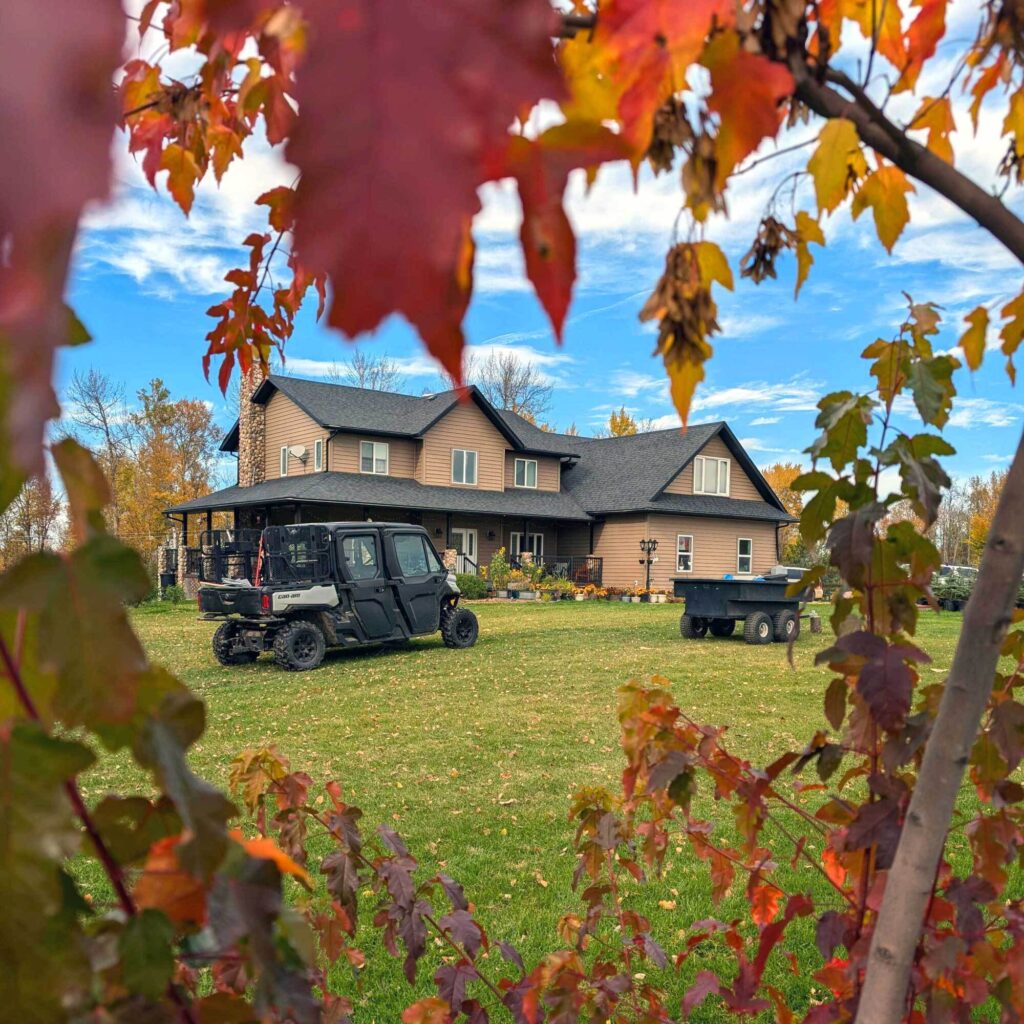
After contacting 5th World, Chad purchased a Contour Map Generator report—which explores key property features such as topography, climate, and biodiversity. The platform also provides actionable insights, enabling users to design more productive, resilient landscapes—while avoiding costly mistakes.
“The biggest thing I got out of [Contour Map Generator] was the watershed and drainage data. What I want to do is capture as much water as possible and use it to my benefit,” said Chad. “I’m also getting solar panels, so the solar exposure maps that show the best places to put them were helpful as well.”
He continued:
“I’m hopefully planning on retiring right away, so there’s a bunch of other structures I want to build, like a barn, a greenhouse—all this kind of stuff… Kevin [Dubienski, Regenerative Property Designer at 5th World] came out to do an onsite visit. I plan on using [5th World] for the next phase as well, like the planning and the implementation, which is going to be a lot of work.”
5th World’s onsite visit and the Contour Map Generator analysis revealed additional property insights to improve Chad’s ability to produce regenerative resources. For example, one recommendation was to move his fruit and nut trees to a more productive part of the property. The analysis also provided some peace of mind: There were some areas of the property that were more prone to flooding, but, fortuitously, Chad’s structures (e.g., his shop and barn) were not built on this part of the land.
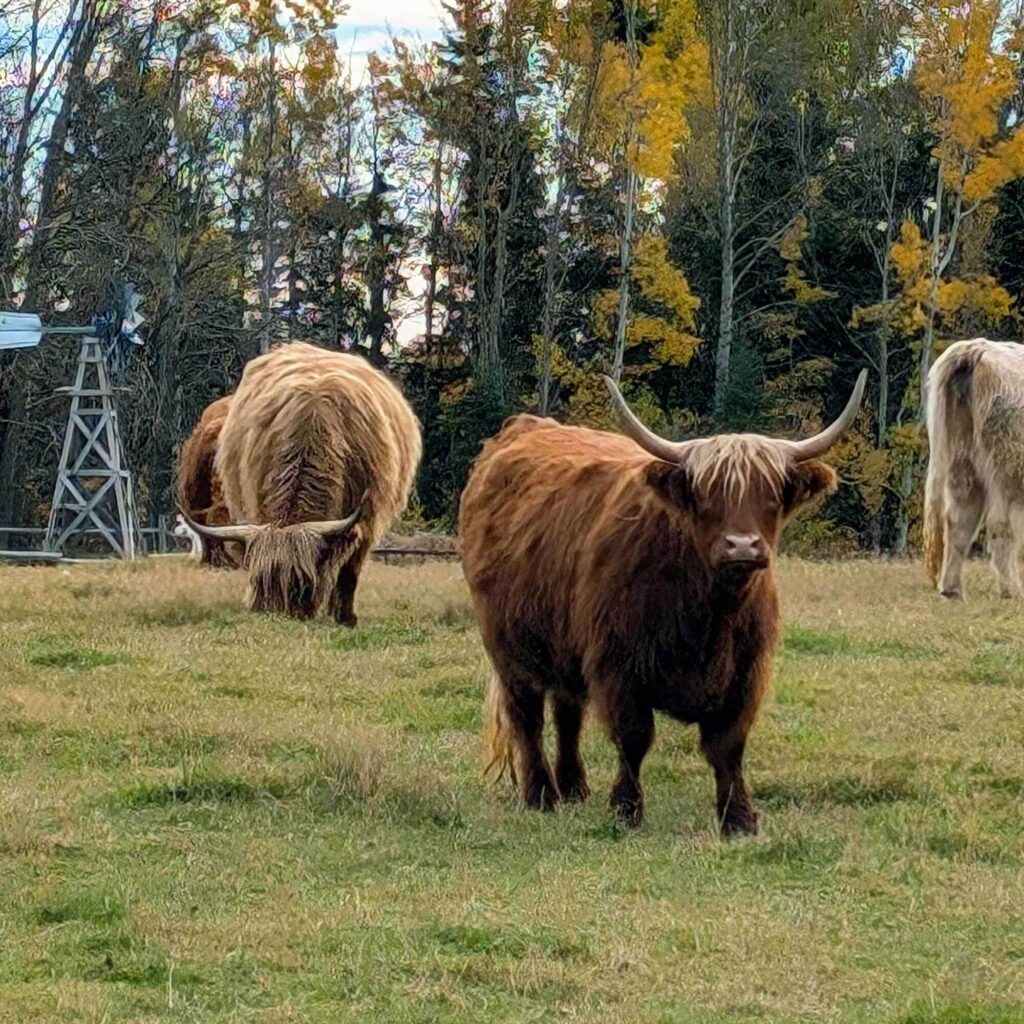
“[The 5th World staff were] great, very professional, said Chad. “They would listen to my needs… everything I’ve asked for, they’ve done right away. I think they did a really good job.”
Chad understands there are many benefits to regenerative living, such as fresh and nutrient-dense food, and highlights his access to meat from his livestock, fish via fishing on the river, and produce from his plants and trees, as well as from the planned greenhouse.
Producing one’s own resources and implementing regenerative systems is also more resilient:
“The weather’s getting a little more unpredictable. If the worst case scenario happens, I have as much food as possible here to live off of,” said Chad. “I’m actually on the bottom of a hill and water runs onto my property. So I’m pretty lucky with that, in terms of capturing enough water for me in case of a drought. The other thing I want to do in case of floods is to make sure that if it rains the water drains where it should. Maybe we want to build up some swales, to encourage a scenario where it doesn’t damage my property.”


